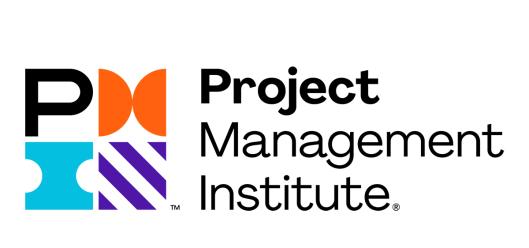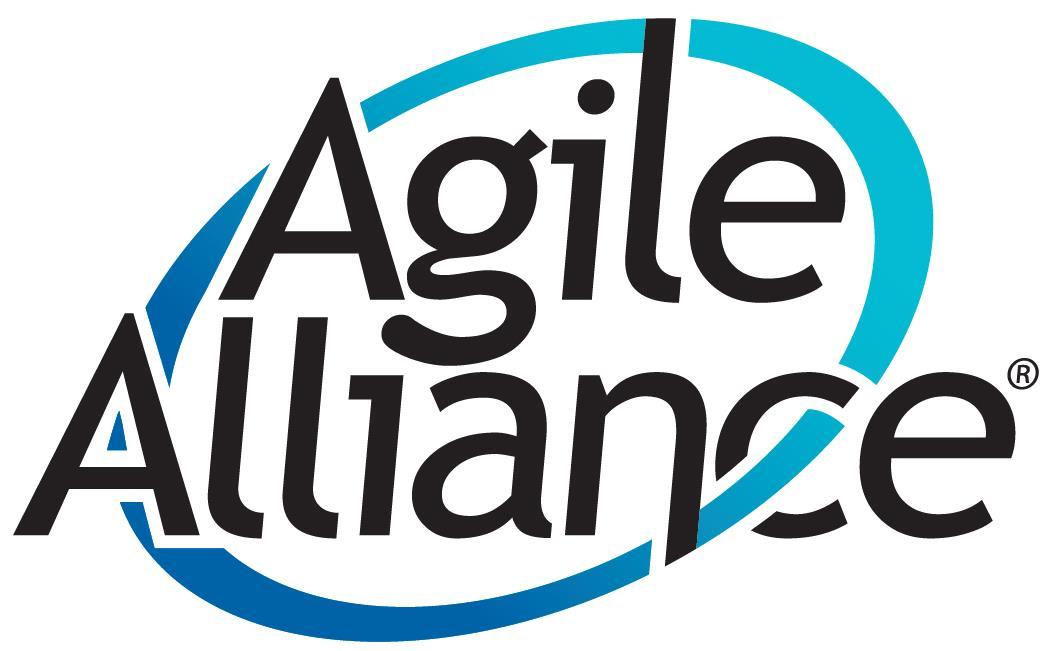
2 minute read
Agile Project Management in Construction
AN INTRODUCTION TO AGILE

Advertisement
Materials taken from Agile Practice Guide joint funded by Agile Alliance ® ©2017 Project Management Institute, Inc (PMI). All rights reserved.
High-uncertainty projects have high rates of change, complexity, and risk. These characteristics can present problems for traditional predictive approaches that aim to determine the bulk of the requirements upfront and control changes through a change request process.
Instead, agile approaches were created to explore feasibility in short cycles and quickly adapt based on evaluation feedback.
Agile 101

Agile Alliance
All rights reserved
What is Agile?
Agile is the ability to create and respond to change. It is a way of dealing with, and ultimately succeeding in, an uncertain and turbulent environment.
Ultimately, Agile is a mindset informed by the values contained in the Agile Manifesto and the 12 Principles of Agile (next slides). Those values and principles provide guidance on how to create and respond to change and how to deal with uncertainty.
Agile is Mindset
Let those context guide which frameworks, practices, and techniques use to collaborate with the team and deliver value to the customers.
See more details in Agile Alliance: Agile Essentials https://www.agilealliance.org/agile101
Agile Manifesto and The 12 Principles of Agile
Thought leaders formalized the agile movement in 2001 with the publication of the Agile Manifesto:
And the clarifying principles flowed at values as shown, The 12 Principles of Agile.
Agile is a Blanket Term for Many Approach

Agile is a Blanket Term for Many Approach
The Figure and logo are registered marks of the Project Management Institute, Inc. (PMI)
Kanban Boards
One way to think about the relationship between lean, agile, and the Kanban Method is to consider agile and the Kanban Method as descendants of lean thinking. In other words, lean thinking is a superset, sharing attributes with agile and Kanban.

Kanban Boards
Designed by Freepik
The Kanban Method is inspired by the original lean-manufacturing system and used specifically for knowledge work.
It emerged in the mid-2000s as an alternative to the agile methods that prevalent at the time.

Kanban boards are a low-tech, high-touch* technology that may seem overly simplistic at first, but those using them soon realize their power. Utilizing policies for entry and exit to columns, as well as constraints, e.g. limiting work in process, Kanban boards provide clear insight to workflow, bottlenecks, blockers, and overall status.
*) denoting or relating to a business characterized by a very close relationship with its customers or clients.
It is more important to complete work than to start new work. There is no values derived from work that is not completed so the team works together to implement & adhere to work in progress (WIP) limits and get each piece of work through system to “done.”


